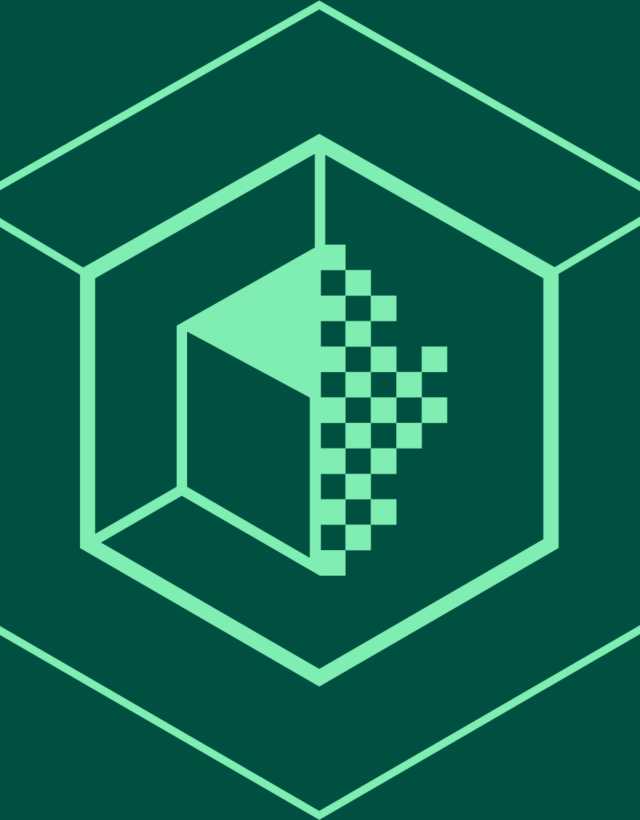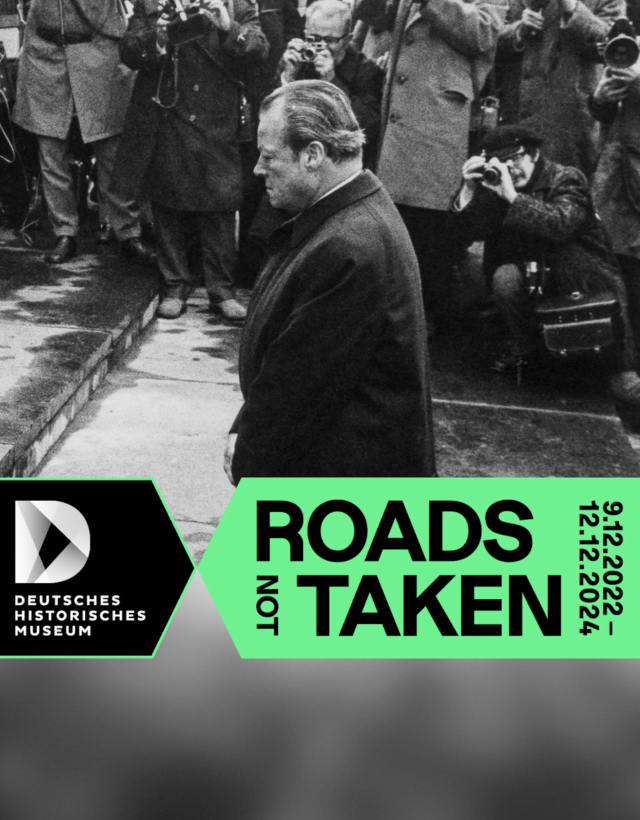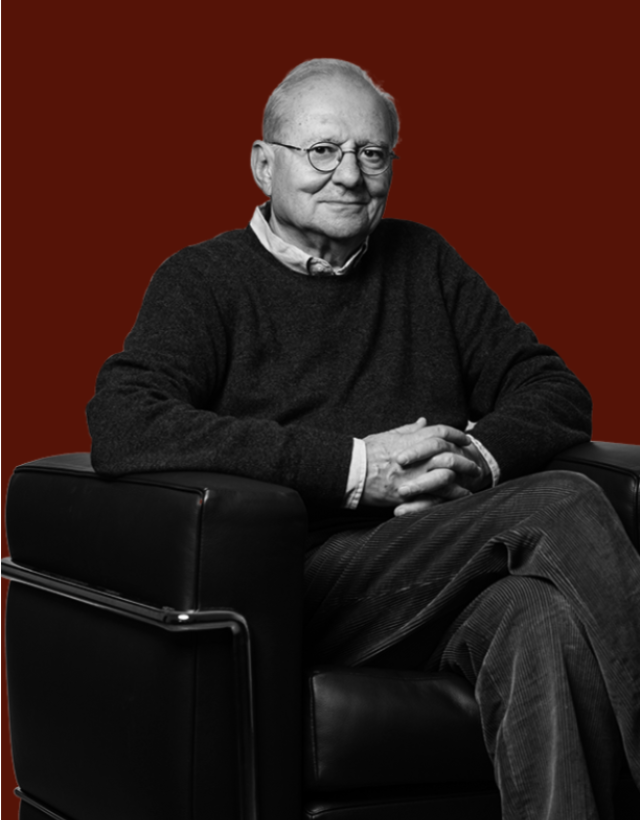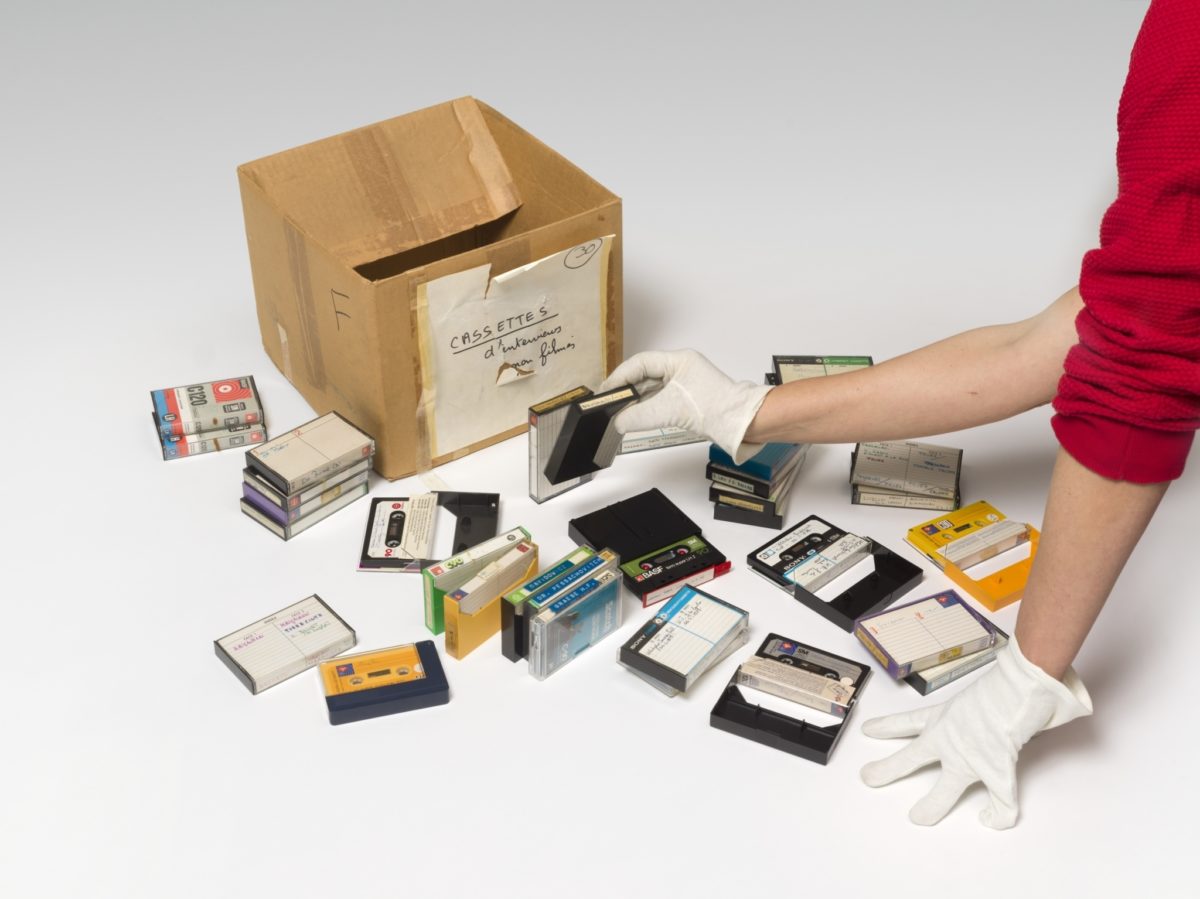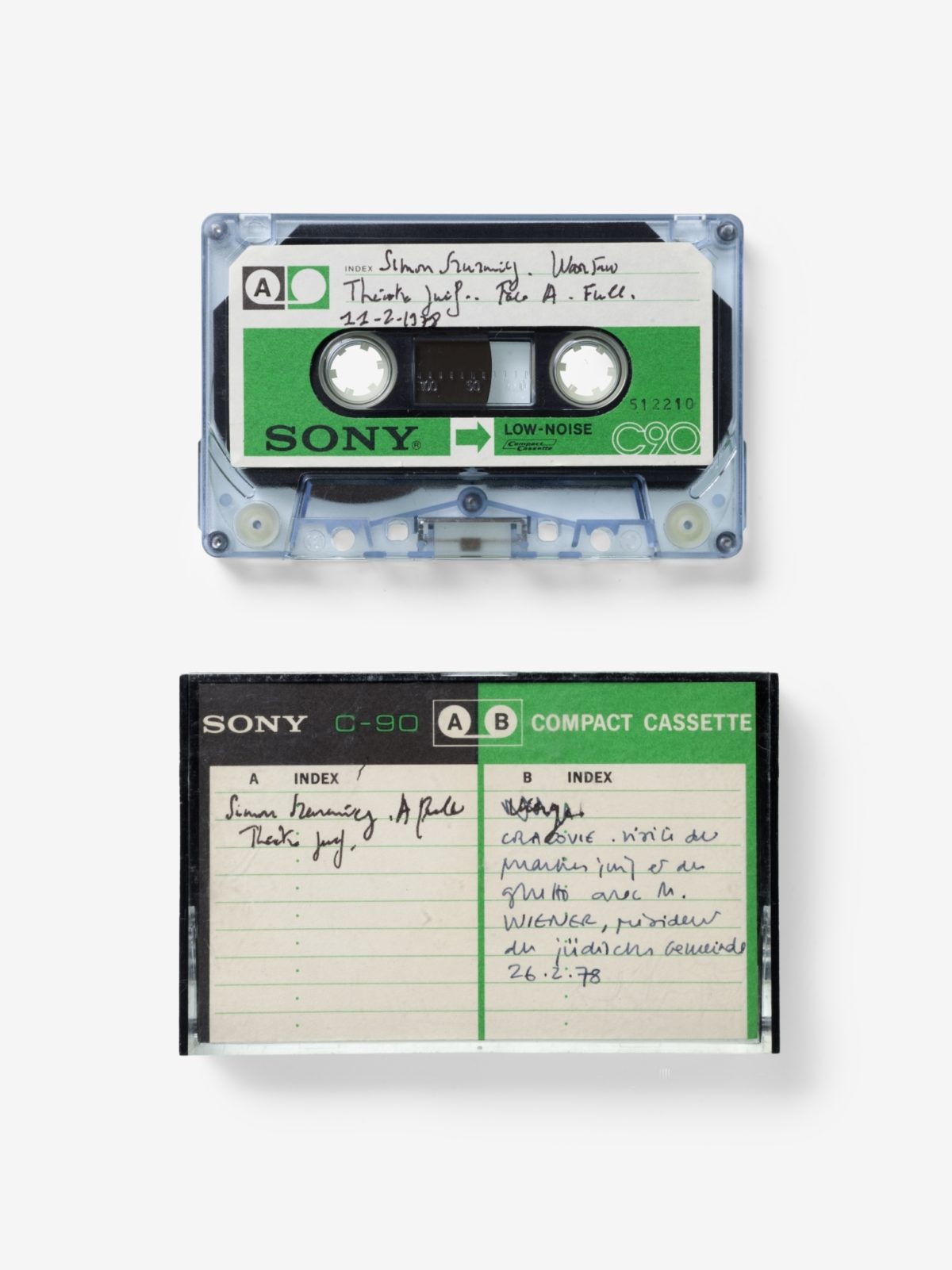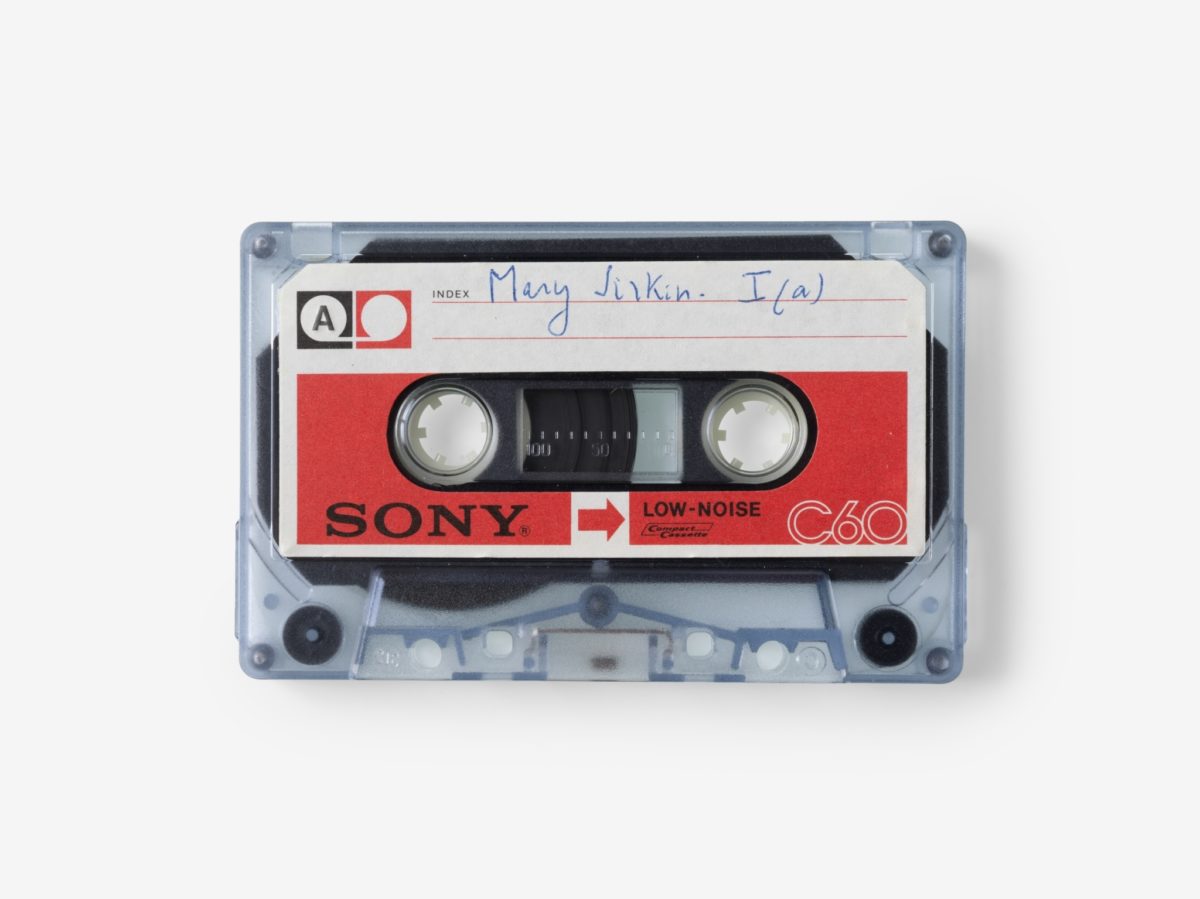
For twelve years, French journalist and documentary filmmaker Claude Lanzmann filmed in 14 countries for his documentary on the systematic extermination of European Jews by the Nazis. During the 1970s and 1980s, he spoke with numerous survivors, as well as perpetrators. When the approximately nine-hour film “Shoah” was released in 1985, it was the first-ever collection of eyewitness accounts - transforming the way the Holocaust was perceived.
In 2021 and 2022, the Association Claude et Felix Lanzmann (A.C.F.L.), represented by the widow of the French documentary filmmaker, Dominique Lanzmann, donated an archive of 152 magnetic tapes to the Jewish Museum Berlin. These tapes contain over 220 hours of previously unknown audio recordings with additional individuals, most of whom, with the exception of one, do not appear in the film. Alongside survivors and perpetrators, the recordings feature writers, resistance fighters, clergy, intellectuals, politicians, German entrepreneurs, and historians. On 18 May 2023, the archive, along with the film, was added to UNESCO’s “Memory of the World” register of world documentary heritage.
The Audio Archive: Expanding Knowledge of the Holocaust
Following the receipt of the archive, the Jewish Museum Berlin, in collaboration with the Selma Stern Centre for Jewish Studies Berlin-Brandenburg (SSZ) and the Centre for Digital Systems at Freie Universität Berlin (CeDiS), began digitising the audio recordings. At a time when only a few survivors can still share first-hand accounts of the Shoah, this initiative is of immense significance. It provides both researchers and the general public with access to new perspectives, experiences, and insights, thereby expanding knowledge of the Holocaust. To support this vital objective, the Alfred Landecker Foundation is funding the archive’s curation.
The project will run from April 2024 to December 2027 and consists of several phases: Initially, transcription and digitisation will be carried out using AI-powered tools. After manual revision, English translations will be created from these transcriptions. The audio recordings will be contextualised, and the information will be integrated into the museum’s object database: Who is speaking? Which events and developments are being discussed? Which locations are mentioned? In the process of curating the audio recordings, the project will collaborate with other Holocaust archives to facilitate wide scholarly use.
To mark the 100th birthday of Claude Lanzmann in 2025 - coinciding with the 40th anniversary of the film’s release - the Jewish Museum Berlin will open an exhibition presenting the recordings to the public for the first time.
